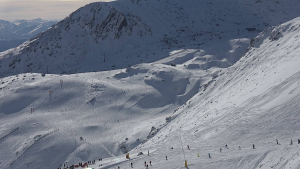Get Ready for Winter – Five Training Tips For The Snow
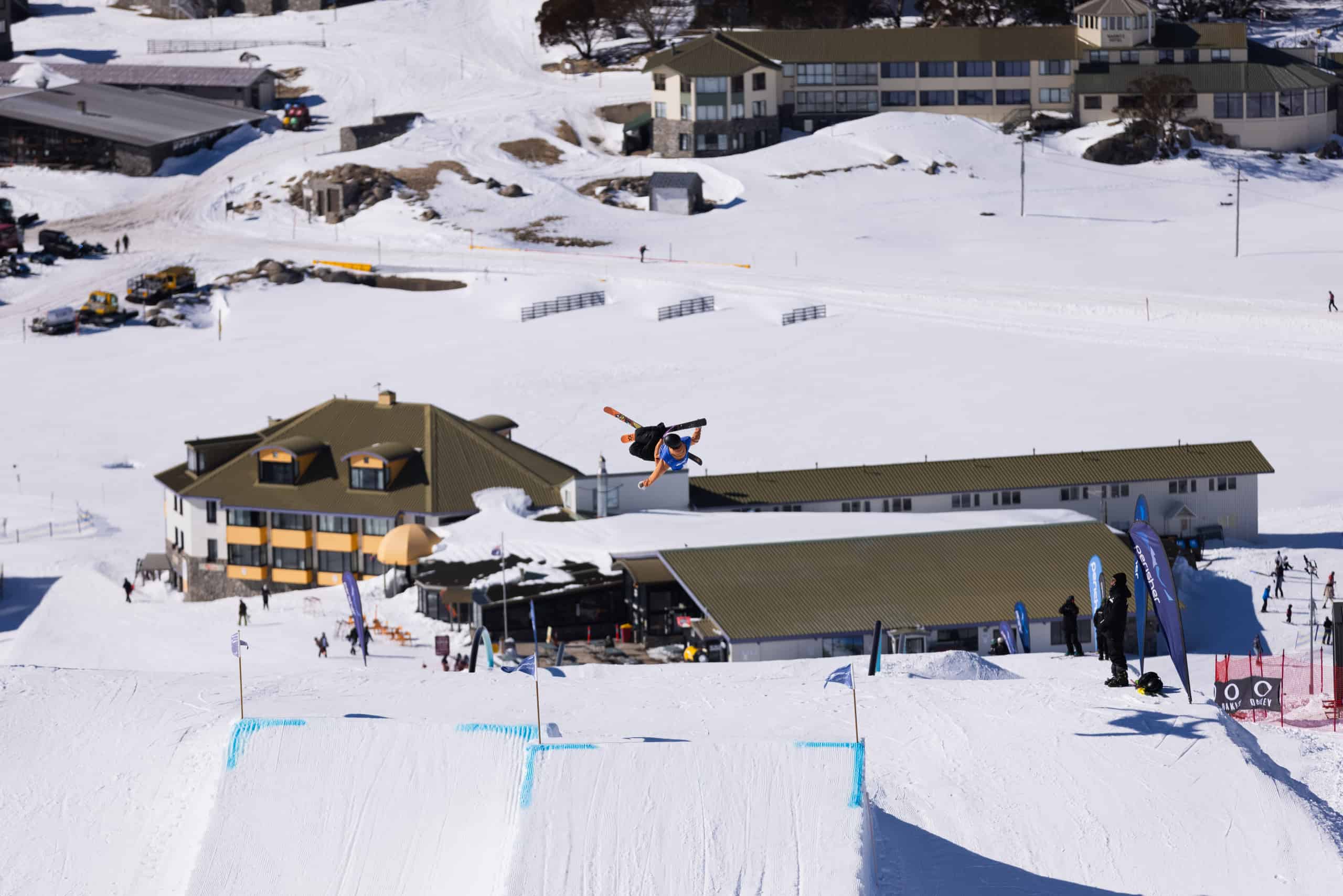
Mountainwatch | Caitlin Reid
It’s only 10 days until the start of the 2023 snow season and if you’re heading up to the mountains this winter, doing a bit of fitness preparation is a good idea.
Remember the agony of your first few days on the snow the last time you hit the snow and the subsequent burning thighs, tight calves and aching feet?
Skiing and snowboarding are both so much fun that it easy to forget that they’re also incredibly physical. Skipping the gym and working long hours at your desk before a ski holiday puts your body under stress, making you more prone to injury. Skip the pain this year with a super easy ski/snowboard fitness program and avoid injuries by strengthening up before you hit the slopes.
This easy ski and snowboard fitness program will take just 10 minutes every day, but will help keep you safe and strong on the snow. Skip the injuries this season and get training!
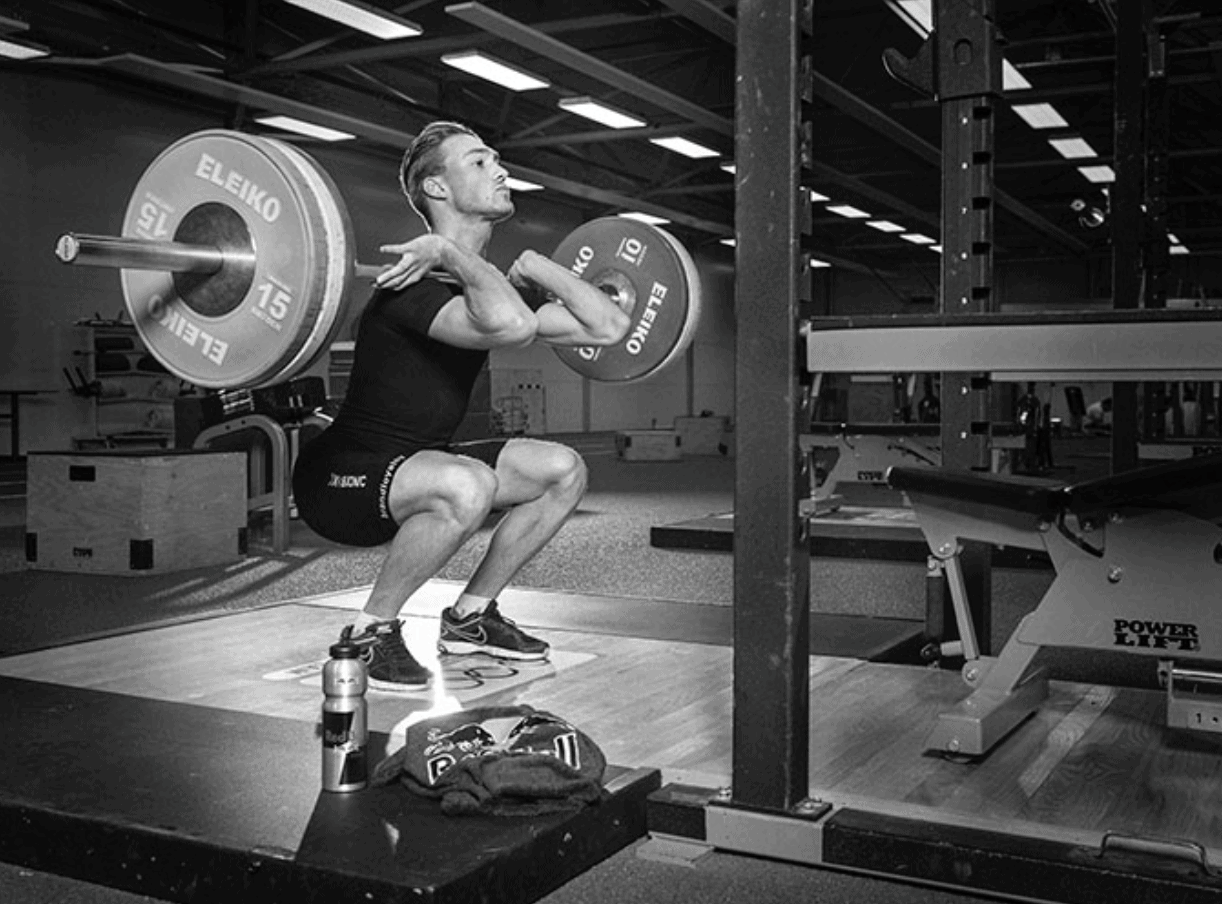
1 Quads
Snowsports are hardest on the quadriceps – the muscles on the front of your thighs. Weak quads mean unstable knees, which could put your ligaments (like your ACL) and cartilage at risk of tearing. Don’t worry, by strengthening your quads you’ll provide a super strong support system for your knees, avoiding ligament stresses. The best way? Do lunges as an ACL injury prevention program.
Lunges
- – sustained (Hold for 30 seconds x 5)
- – dynamic (2 x 15 reps)
Note: Always line your kneecaps up with your big toe to keep knee alignment spot on!
2 Hamstrings
Your hamstrings are the power group of muscles on the back of your thighs. They work directly with the quads to control knee bend and protect knee ligaments. During snowsports, they help you maintain the all-important bent-knee stance.
Swiss Ball Curls (Start at 12 reps, work up to 25)
*Lie on your back with your heels on a Swiss Ball
*Lift your hips of the ground
*Bend your knees and draw the ball in towards you, then back out again
Note: Make sure you stretch out your hamstrings after activity.
Note: Make sure you stretch out your hamstrings after activity.
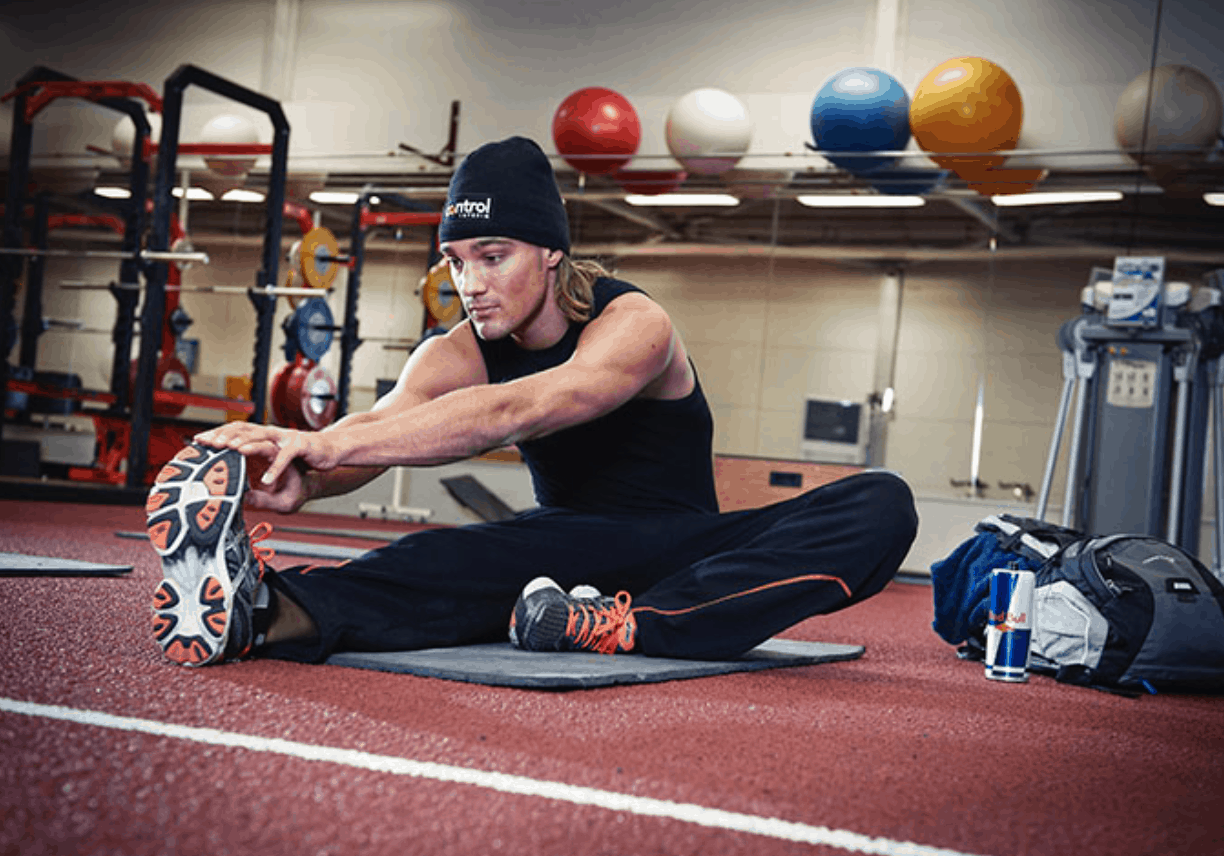
3 Calves
Your calves work hard during snow sports. When skiing, they’re on constant stretch and need to be lengthened and strengthened before you hit the snow. Calves work even harder snowboarding, as they help to rock your foot between toe and heel edges.
So, what’s the easiest way to strengthen your calves? Walk around on your tip toes! If you feel too strange doing that, pause on your way up your stairs every day and try 20 x calf raises off the edge of a step.
4 Glutes
The all-important buttocks. Your glutes have three parts, all of which work to keep your balance in the ski or snowboard squat. Skiers work hard through the glute max at the back of the butt. Snowboarders will often feel a burn on the outer glute or hip area in the glute medius.
Strengthen the entire glute region, plus some quads with a squats. Feel the burn!
* sustained (Hold for 30 seconds x 5)
*dynamic (2 x 15 reps)
Note: Like Lunges, always line your kneecaps up with your big toe to keep knee alignment spot on!
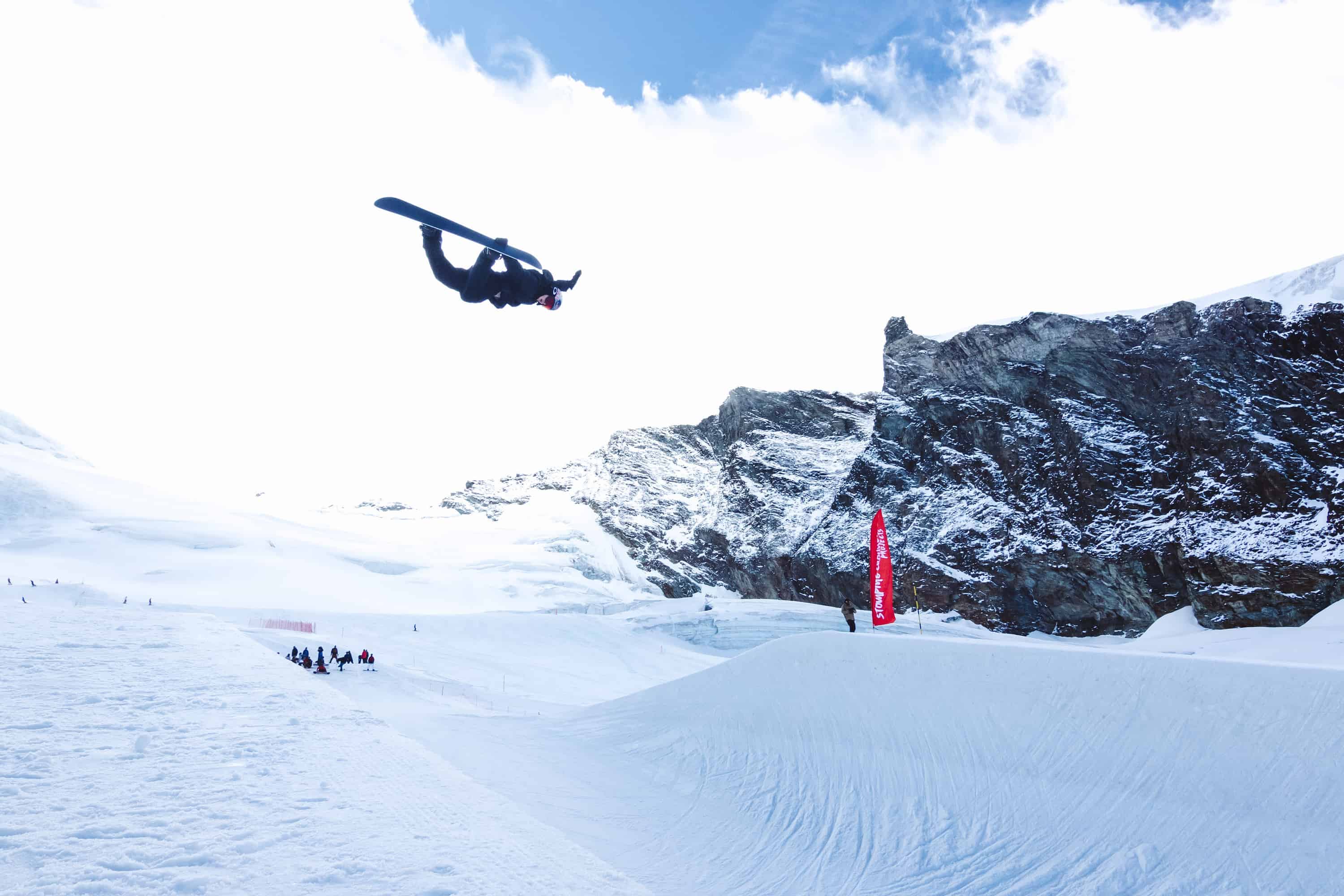
5 Core
The most important muscle for any snow sports. Your deep, lower abs keep you strong over bumps in the snow, in the air, and help you balance. A strong core means tighter tricks, faster reactions, and a stronger lower back. Skier and snowboarders often complain about back pain on ski holidays, whether they’re in their 20s or 50s.
Do you really need core strength for snow sports?
Australian Winter Olympic team physiotherapist Jessie Mayo says core strength is the number one part of all the athletes’ training. From Scotty James to moguls Olympic gold medalist Jakara Anthony and aerial champ Laura Peel, these guys work hard to look after their spines with solid core strength.
Find your core, learn to activate it, and forget back pain when you’re on the snow.
But what is the core? Let’s keep it simple and look at the TA. The TA, or Transversus Abdominus, is a deep core muscle that wraps around the lower torso, right around you like a girdle. It holds your spine strong and keeps your pelvis nice and stable.
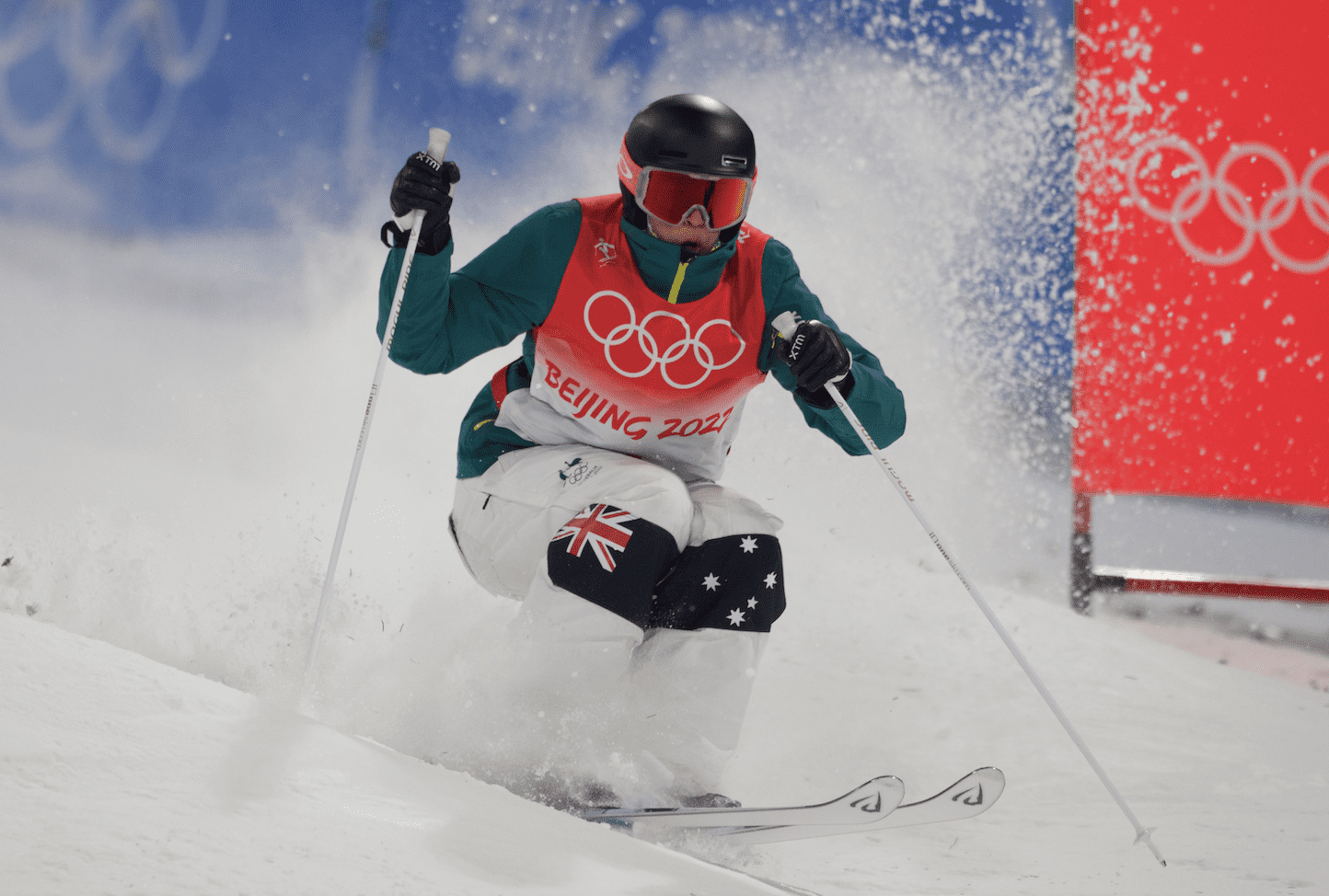
How do you find it?
Lie on your back with your knees bent and place one hand under your lower back.
Place the other hand 2cm in from the bony part of your pelvis on your lower stomach and cough!
Feel the muscle pop up under your hand on your inner pelvis? – That’s it!
Activation
* Keep the hands in the position mentioned above
*Imagine a skewer through the pelvis – now rock forwards and back
* Forwards (creates a sway back – lots of space at the lower back)
* Backwards (squashes the hand under the back)
* Find the middle point between the two extremes – That is Neutral spine!
* In this position gently tuck the tailbone until you feel a tightening under the hand on your front
*Once you feel it – you’re using your core!
Now try a core exercise. Remember, the core (transversus abdominus) can work all day, not like a bicep. It requires concentration and control, but is the most important muscle to work on for any skier or snowboarder.
Lower Ab Double Leg Stretch
* Find neutral spine
* Lift your head gently off the ground, lift your feet to 90 degrees
* Stretch your legs out straight
* As you stretch out – don’t let your back arch. Use your core to counteract your pelvis rolling forward. You can do it! (Repeat for 12)
Caitlin is a Physiotherapist who loves teaching Pilates, preventing injuries and getting stuck into rehab when things go wrong. Caitlin gets up the mountains to snowboard at every chance she gets and loves working with snow athletes. Passionate about the big picture, Caitlin works on a holistic approach to fitness, function, and injuries.
